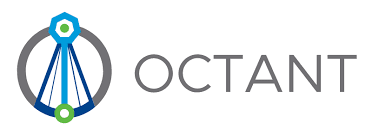Nowadays every organization is using Kubernetes orchestration for Dev, QA, Prod, etc. environments. Today we are going to see a tool called "Octant" which helps all the users to understand their cluster status, view the logs, update the meta data, see the resources utilization, etc. In this blog will cover how to do the installation.
Requirements:
1.K8s cluster
2.Local desktop
Step 1: Installation of Octant,
The installation will be on the local machine not on the cluster.
OS : Linux (Installer are available for Windows and Mac as well)
Octant package to download : https://github.com/vmware-tanzu/octant/releases
Download the linux package in you local and extract it.
https://github.com/vmware-tanzu/octant/releases/download/v0.24.0/octant_0.24.0_Linux-64bit.tar.gz
Step 2: K8s cluster config
Keep your kubernetes cluster config at below path.
/root/.kube/config
By default octant will search the cluster configuration from above path.
Step 3: Start Octant
Go to the extracted path and start it,
cd octant_0.24.0_Linux-64bit
./octant
At the end you will get a message as "Dashboard is available at http://127.0.0.1:7777" it means its successfully started and we can access the dashboard.
Step 4: Access Octant dashboard
Go to browser and enter, http://localhost:7777
You can see your cluster name at the top right and you can select the namespace near to the cluster name to show the entire details. Through this we can view the Metadata, Logs, Update the deployments, etc.
Thats all we have successfuly installed the Octant dashboard and view the status of the cluster.





Post a Comment